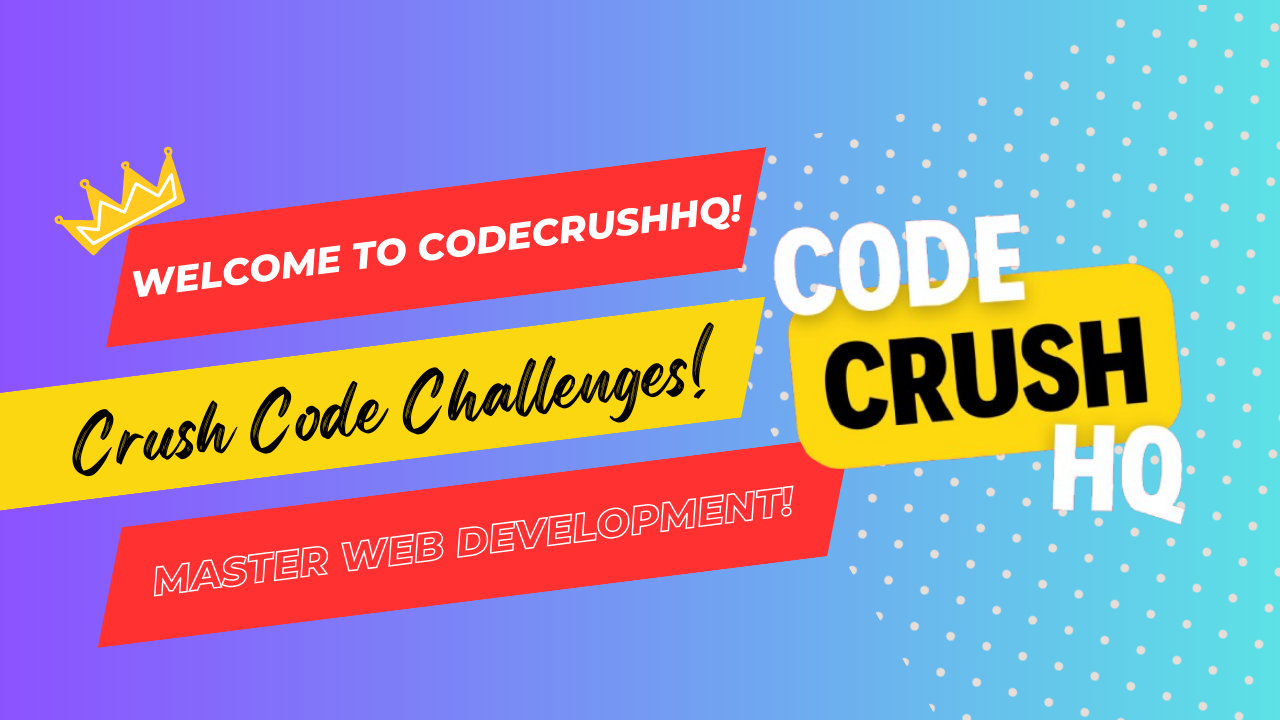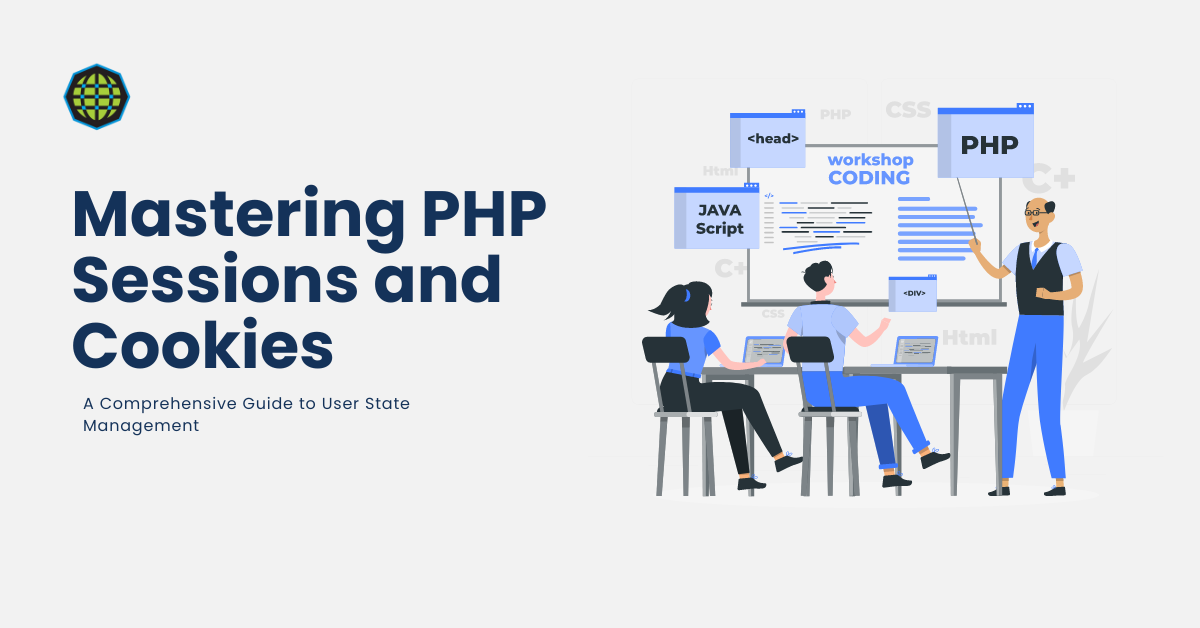Struggling with messy PHP code? PHP CodeSniffer (PHPCS) is the ultimate tool to enforce coding standards, improve readability, and keep your projects consistent. Whether you’re working with Laravel, WordPress, or a custom PHP application, PHPCS ensures your code meets industry best practices.
Author: webgrapple
The Evolution and Impact of Artificial Intelligence: A Comprehensive Overview
In the rapidly advancing world of technology, Artificial Intelligence (AI) stands out as a transformative force, reshaping industries and revolutionizing the way we live and work. This article delves into the journey of AI, from its early beginnings to its current applications, and explores its potential for the future. Whether you are a developer, programmer, founder, or team leader, understanding AI is crucial for staying ahead in today’s digital landscape.
The Impact of AI on Software Development in 2025 and Beyond
Artificial Intelligence (AI) has been a buzzword for years, but its influence on software development is no longer just theoretical. By 2025 and beyond, AI is poised to revolutionize how software is…
7 Powerful Strategies to Humanize AI Text and Avoid Detection in 2024
As artificial intelligence (AI) continues to revolutionize content creation, many writers and businesses are turning to AI-driven tools to streamline their processes. However, the challenge remains: How do you ensure that AI-generated text sounds natural, engaging, and human-like? And more importantly, how can you avoid detection by advanced AI detection systems? Whether you’re a content creator, digital marketer, or business owner, humanizing AI text is crucial for maintaining authenticity and maximizing engagement. In this article, we’ll reveal the best strategies to transform your AI content into a genuine masterpiece, and avoid AI detection like a pro.
Why AI-Generated Content Gets Flagged by Google: The Truth Behind the Algorithms
Introduction In the fast-paced world of digital marketing, artificial intelligence (AI) is revolutionizing content creation. However, as businesses flock to AI tools for quick and efficient content generation, many are encountering a…
Navigating the Programming Landscape: Essential Skills for the Modern Developer
In today’s fast-evolving tech landscape, a modern developer is more than just a coder. Mastering multiple programming languages, understanding algorithms and data structures, and utilizing tools like Git for version control are essential technical skills. Equally crucial are soft skills, such as critical thinking, adaptability, and effective communication, which empower developers to thrive in collaborative environments. This article explores the vital competencies needed to excel in web development and programming, emphasizing a balance between technical expertise and continuous learning.
Welcome to CodeCrushHQ: Master Web Development & Crush Coding Challenges!
At CodeCrushHQ, we provide in-depth tutorials, coding tips, and insights into the world of web development and programming. With over 13 years of industry experience, we’re here to guide you through the latest web technologies like Angular, HTML5, CSS3, JavaScript, and more.
Exploring Python’s random Module: A Comprehensive Guide
Python’s ‘random’ module is an essential tool for anyone working with simulations, games, or scenarios that require the generation of random data. Whether you’re creating a simple dice roll program or building complex algorithms, understanding how to use the ‘random’ module effectively is key. In this blog post, we’ll dive into the ‘random’ module, exploring its functions with practical examples.
Mastering PHP Sessions and Cookies: A Comprehensive Guide to User State Management
In the realm of web development, managing user data is crucial for delivering personalized experiences and maintaining user sessions across web applications. Two fundamental mechanisms for achieving this are sessions and cookies. In PHP, these tools play a vital role in facilitating stateful interactions between web servers and clients. In this article, we delve into the concepts of sessions and cookies, exploring their functionalities, implementation in PHP, and best practices.
File Handling in PHP: A Comprehensive Guide
File handling is a crucial aspect of web development, especially when dealing with data persistence, configuration files, or managing uploads. In PHP, file handling functions provide a robust way to interact with files on the server or local machine. In this guide, we’ll delve into the fundamentals of file handling in PHP, covering reading from and writing to files, as well as other important operations.









